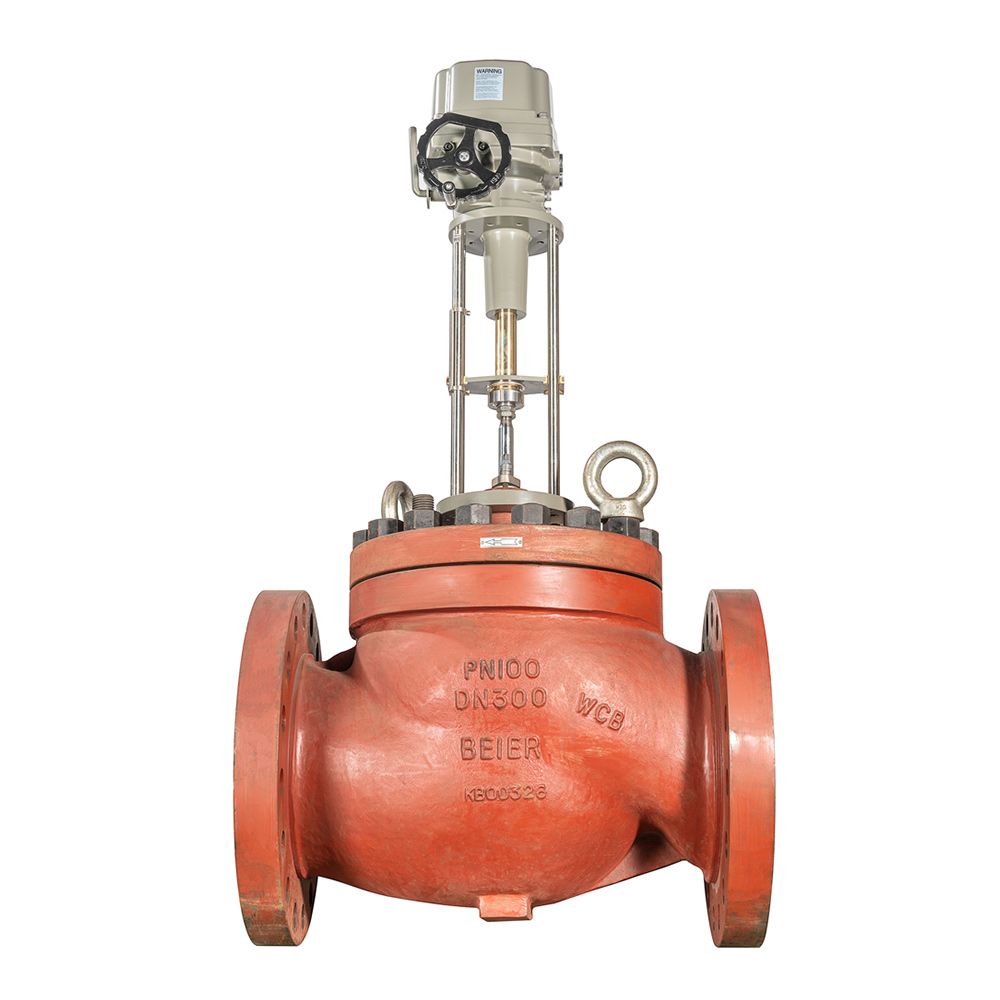Control Valves: Essential Components for Efficient Fluid Handling
Control valves are essential devices across various sectors, acting as the fundamental mechanism for managing the flow, pressure, and temperature of fluids within systems. They play a pivotal role in maintaining efficiency, safety, and cost-effectiveness in industrial processes by influencing the dynamics of fluids. This guide aims to explore the various types, functions, and applications of control valves in great detail.
What Are Control Valves?
Control valves function as devices that regulate the flow of liquids, gases, or slurries within a system. Generally, they are operated through signals received from controllers, which adjust the valve's position to sustain the desired setpoint. This adjustment is vital for maintaining optimal performance in industrial operations.

Components of Control Valves
Control valves consist of several critical components, each contributing significantly to their functionality:
Actuator: Converts control signals into mechanical motion to either open or close the valve.
Valve Body: Contains the internal components and serves as the pathway for fluid flow.
Valve Trim: Comprises the valve seat and plug, which directly govern the fluid flow.
Positioner: Ensures the valve reaches the intended position based on the control signal.
Bonnet: Provides a seal for the valve body and supports the actuator.
Types of Control Valves
Globe Valves
Globe valves are prominently utilized due to their ability to provide precise throttling control. Featuring a movable disk-type element along with a stationary ring seat within a generally spherical body, globe valves suit applications demanding frequent adjustments and accurate flow management.
Ball Valves
Ball valves function using a spherical disc to manage flow through a hollow center. Renowned for their durability and exceptional shutoff capabilities, these valves are ideal for applications where a tight seal is essential.
Butterfly Valves
Butterfly valves consist of a disc mounted on a rotating shaft. These valves stand out for their compactness, lightweight design, and swift operation, making them particularly useful in large-scale applications that require handling substantial flow rates with minimal pressure drops.
Diaphragm Valves
Using a flexible diaphragm, diaphragm valves regulate fluid flow effectively. They are perfect for applications involving corrosive substances or where contamination risks must be minimized, making them a popular choice in sanitary and aseptic environments.
Check Valves
Check valves allow for unidirectional fluid flow, effectively preventing backflow. They are crucial in systems where reverse flow could potentially cause damage or disrupt operations.
Applications of Control Valves
Oil and Gas Industry
In the oil and gas sector, control valves are vital for operations such as drilling, refining, and distribution. They manage the flow of crude oil, natural gas, and other hydrocarbons, ensuring high efficiency and safety in processes.
Chemical Processing
Control valves are employed in chemical processing plants to regulate the flow of reactants and products. They maintain the specific conditions necessary for chemical reactions, playing a crucial role in achieving desired product quality and yield.
Water and Wastewater Management
In water treatment facilities, control valves manage the flow of water and chemicals essential for purification processes. They are also instrumental in wastewater management, ensuring proper treatment and disposal of effluents.
Power Generation
Control valves are extensively utilized in power plants to regulate the flow of steam, water, and fuel, which is critical for the efficiency and safety of power generation processes, including those in nuclear, fossil, and renewable energy sectors.
Pharmaceutical Industry
Within pharmaceutical production, control valves secure the precise flow of ingredients and solvents, adhering to stringent quality standards necessary for drug manufacture. They are also employed within sterile and cleanroom settings.
Selecting the Right Control Valve
Factors to Consider
Choosing the correct control valve for a specific application necessitates evaluating several aspects:
Process Conditions: Evaluate the temperature, pressure, and flow characteristics of the fluid.
Material Compatibility: Ensure the compatibility of valve materials with the fluid to prevent corrosion or contamination.
Flow Requirements: Assess the desired flow rate and the accuracy of control needed.
Actuation Method: Identify the most suitable actuator type (pneumatic, electric, hydraulic) for the application.
Maintenance Needs: Consider ease of maintenance and the availability of spare parts.
Sizing and Installation
Proper sizing and installation are critical for achieving optimal performance of control valves. Valves that are undersized or oversized can result in inefficiencies and operational complications. It is crucial to adhere to manufacturer guidelines and industry standards during the selection and installation processes.
Maintenance and Troubleshooting
Routine Maintenance
Conducting regular maintenance is essential for ensuring the longevity and reliability of control valves. Key maintenance tasks include:
Inspection: Regular examination of valve components to check for wear and damage.
Cleaning: The removal of debris and deposits that could impede valve performance.
Lubrication: Ensuring that moving parts are adequately lubricated to minimize friction and wear.
Calibration: Consistent calibration of positioners and actuators to maintain control accuracy.
Common Issues and Solutions
Recognizing common issues can facilitate effective troubleshooting of control valve problems:
Cavitation: This occurs when pressure falls below vapor pressure, leading to the formation and collapse of vapor bubbles. Solution: Install anti-cavitation trims or select valves designed for high-pressure drops.
Stiction: This condition involves friction that obstructs smooth valve operation. Solution: Implement regular lubrication and ensure proper actuator sizing.
Leakage: Leakage can manifest at the valve seat or stem seal. Solution: Replace worn seals and verify proper installation.
Conclusion
Control valves are vital components within a multitude of industries, allowing for essential regulation of fluid dynamics. Their careful selection, consistent maintenance, and continuous technological improvements are crucial for optimizing industrial processes. A deeper understanding of control valves enables industries to enhance efficiency, safety, and overall profitability.

